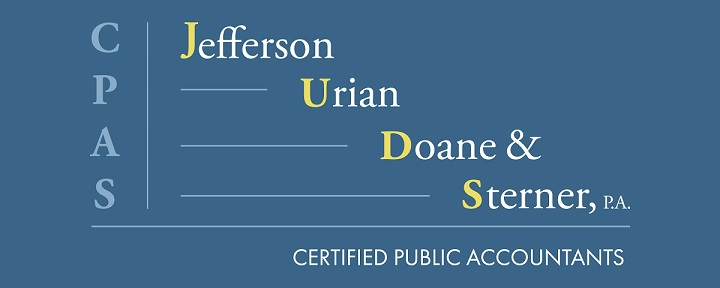Update on retirement account required minimum distributions

If you have a tax-favored retirement account, including a traditional IRA, you’ll become exposed to the federal income tax required minimum distribution (RMD) rules after reaching a certain age. If you inherit a tax-favored retirement account, including a traditional or Roth IRA, you’ll also have to deal with these rules.
Specifically, you’ll have to: 1) take annual withdrawals from the accounts and pay the resulting income tax and/or 2) reduce the balance in your inherited Roth IRA sooner than you might like.
Let’s take a look at the current rules after some recent tax-law changes.
RMD basics
The RMD rules require affected individuals to take annual withdrawals from tax-favored accounts. Except for RMDs that meet the definition of tax-free Roth IRA distributions, RMDs will generally trigger a federal income tax bill (and maybe a state tax bill).
Under a favorable exception, when you’re the original account owner of a Roth IRA, you’re exempt from the RMD rules during your lifetime. But if you inherit a Roth IRA, the RMD rules for inherited IRAs come into play.
A later starting age
The SECURE 2.0 law was enacted in 2022. Previously, you generally had to start taking RMDs for the calendar year during which you turned age 72. However, you could decide to take your initial RMD until April 1 of the year after the year you turned 72.
SECURE 2.0 raised the starting age for RMDs to 73 for account owners who turn age 72 in 2023 to 2032. So, if you attained age 72 in 2023, you’ll reach age 73 in 2024, and your initial RMD will be for calendar 2024. You must take that initial RMD by April 1, 2025, or face a penalty for failure to follow the RMD rules. The tax-smart strategy is to take your initial RMD, which will be for calendar year 2024, before the end of 2024 instead of in 2025 (by the April 1, 2025, absolute deadline). Then, take your second RMD, which will be for calendar year 2025, by Dec. 31, 2025. That way, you avoid having to take two RMDs in 2025 with the resulting double tax hit in that year.
A reduced penalty
If you don’t withdraw at least the RMD amount for the year, the IRS can assess an expensive penalty on the shortfall. Before SECURE 2.0, if you failed to take your RMD for the calendar year in question, the IRS could impose a 50% penalty on the shortfall. SECURE 2.0 reduced the penalty from 50% to 25%, or 10% if you withdraw the shortfall within a “correction window.”
Controversial 10-year liquidation rule
A change included in the original SECURE Act (which became law in 2019) requires most non-spouse IRA and retirement plan account beneficiaries to empty inherited accounts within 10 years after the account owner’s death. If they don’t, they face the penalty for failure to comply with the RMD rules.
According to IRS proposed regulations issued in 2022, beneficiaries who are subject to the original SECURE Act’s 10-year account liquidation rule must take annual RMDs, calculated in the usual fashion — with the resulting income tax. Then, the inherited account must be emptied at the end of the 10-year period. According to this interpretation, you can’t simply wait 10 years and then drain the inherited account.
The IRS position on having to take annual RMDs during the 10-year period is debatable. Therefore, in Notice 2023-54, the IRS stated that the penalty for failure to follow the RMD rules wouldn’t be assessed against beneficiaries who are subject to the 10-year rule who didn’t take RMDs in 2023. It also stated that IRS intends to issue new final RMD regulations that won’t take effect until sometime in 2024 at the earliest.
Contact us about your situation
SECURE 2.0 includes some good RMD news. The original SECURE Act contained some bad RMD news for certain account beneficiaries in the form of the 10-year account liquidation rule. However, exactly how that rule is supposed to work is still TBD. Stay tuned for developments.
© 2024









